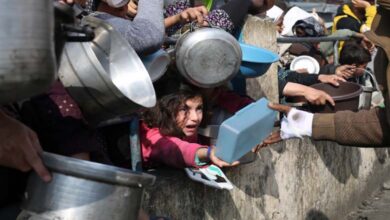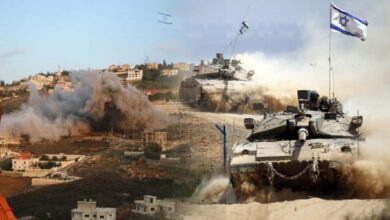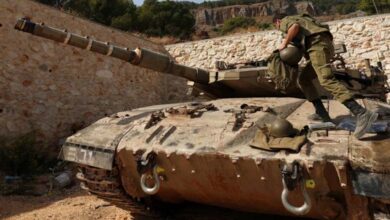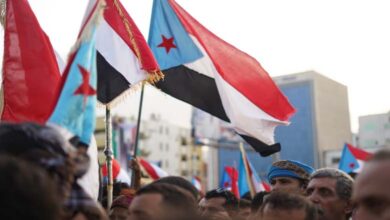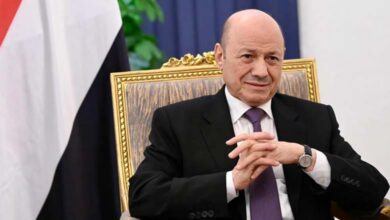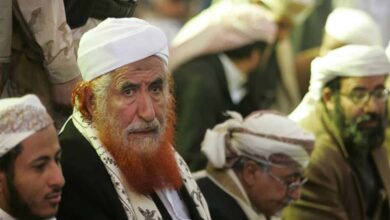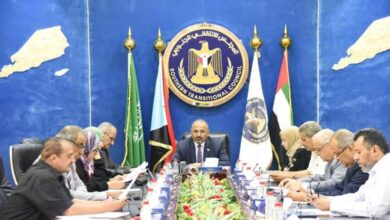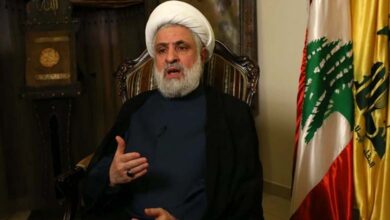Gaza war strengthens the Houthi rebels’ position and Iran’s proxies
Tehran aims to avoid direct military confrontation with the United States or Israel but plans to use its proxies to keep its adversaries' armies engaged in the region
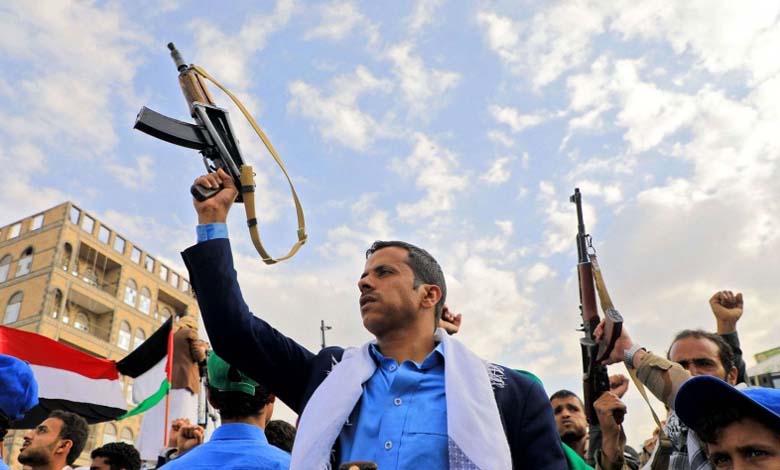
Analysts suggest that the Houthis seek to regain control in Yemen, leveraging the ongoing war to affirm their military strength and regional importance. However, the precise extent of Iran’s control over the Houthi movements remains a subject of debate.
Israel’s war on Gaza has provided the rebels with an opportunity to showcase their strength, becoming a significant factor in the region’s security and stability equation. Meanwhile, Yemeni rebels exploit the U.S. laxity and the ambiguous stance of President Joe Biden‘s administration toward resolving the Yemeni crisis.
Biden‘s initial decision upon taking office was to revoke Donald Trump‘s classification of the Houthis as a terrorist organization, expressing a desire to push for peace efforts. The year 2018 marked a turning point in the Yemeni conflict, with peace efforts resulting in the rebels’ control of the strategic Hodeidah port.
Houthi attacks in the Red Sea boosted their popularity by presenting themselves as supporters of the Palestinian cause. Simultaneously, they transformed from a mere rebellion into a resistance movement against American and Israeli arrogance in the eyes of many in the Islamic world.
Iran denies closely directing the attacks by its proxies, claiming they act independently. Tehran expresses broad support for their movements against Israel and the United States.
The Houthis conduct attacks on shipping vessels in the Red Sea, disrupting maritime traffic in a vital waterway for global energy and commodity supplies. The Shia group, backed by Iran, insists that it only targets ships heading to or coming from Israel, showing solidarity with Gaza. The attacks are said to continue until Israel ceases its aggression against the Palestinian sector.
The Houthi group, aligned with Iran, controls significant areas in Yemen since 2014, engaging in a conflict against the Saudi-backed coalition for influence in the war-torn country.
Under Soleimani’s supervision, Iran established a network of allied armed factions in various Arab countries, strengthening these factions over the years since the 2003 U.S. invasion of Iraq. The Iranian Revolutionary Guard carried out missile attacks on three different countries recently – Iraq, Syria, and Pakistan – while Tehran-supported militant groups targeted U.S. and Western interests, escalating conflicts with Israel.
Iran’s attacks on Iraq, Syria, and Pakistan were in response to assaults on Iranian territory or interests. Tehran claimed to launch missiles against ISIS militants in Syria after an attack that killed dozens during the commemoration of the anniversary of the killing of Qassem Soleimani.
Iran also struck what it described as Israeli espionage sites in Iraq on the same day, a claim Baghdad denies. Israel killed prominent members of Hezbollah and the Revolutionary Guard in Lebanon and Syria.
In Pakistan, Iranian state media reported the destruction of bases of the Justice Army, responsible for an attack that killed Iranian security forces in December. In response, Pakistan attacked separatist militants inside Iran.
Iran supports the Palestinian Islamic Resistance Movement (Hamas) and the Islamic Jihad Movement. Hamas, managing the Palestinian sector, launched an attack on Israel on October 7, igniting the current conflict in the Middle East. Tehran portrays itself as a supporter of Palestinian resistance against Israeli occupation.
Iran supported Shia militants in Iraq during the U.S. occupation and maintains these connections. Armed groups aligned with Tehran, closely linked to the Revolutionary Guard, dominate the Popular Mobilization Forces, a quasi-military force of 150,000 individuals operating under the state’s umbrella in Iraq.
The Popular Mobilization Forces targeted U.S. bases with missile attacks in dozens of incidents in Iraq and Syria. Washington responded with airstrikes, including one that killed a leader in Baghdad.
Syria serves as a primary route for Iran’s allied factions to move between Iraq and Lebanon. Since the start of the Syrian civil war in 2011, Iran intervened to support President Bashar al-Assad, sending advisers from the Revolutionary Guard and fighters from Iraq, Pakistan, and Afghanistan. Hezbollah also fought alongside these groups to support Assad, and these factions remain scattered throughout Syria.
Hezbollah is Iran’s most influential armed ally, loyal and powerful. Formed in the 1980s to combat Israeli forces in Lebanon, Hezbollah possesses an arsenal of tens of thousands of missiles and well-trained fighters who engaged in years of combat with Sunni militants in Syria. Hezbollah launches daily attacks on Israeli forces along the Lebanon-Israel border.
Iran and its proxies share the goal of ending Israeli airstrikes on Gaza and completely expelling U.S. forces from the region. However, beyond that, they have their specific local interests.
Hezbollah, the most influential group loyal to Iran, seeks to avoid escalating conflicts or intensified military operations by Israel, which might threaten its position in Lebanon. In contrast, the Popular Mobilization Forces in Iraq have benefited economically from controlling significant parts of the state and its economy. Groups most loyal to Iran follow Tehran’s orders, but others pursue money and influence, believing that regional turmoil may harm their dominance in Iraq, according to some officials.
While Tehran continues to suppress dissent within the country, it faced a shock this month with the attack during the fourth-anniversary commemoration of Soleimani’s death. The militant Sunni group Justice Army’s attacks have fueled Iranian skepticism about the government’s ability to ensure internal security.


